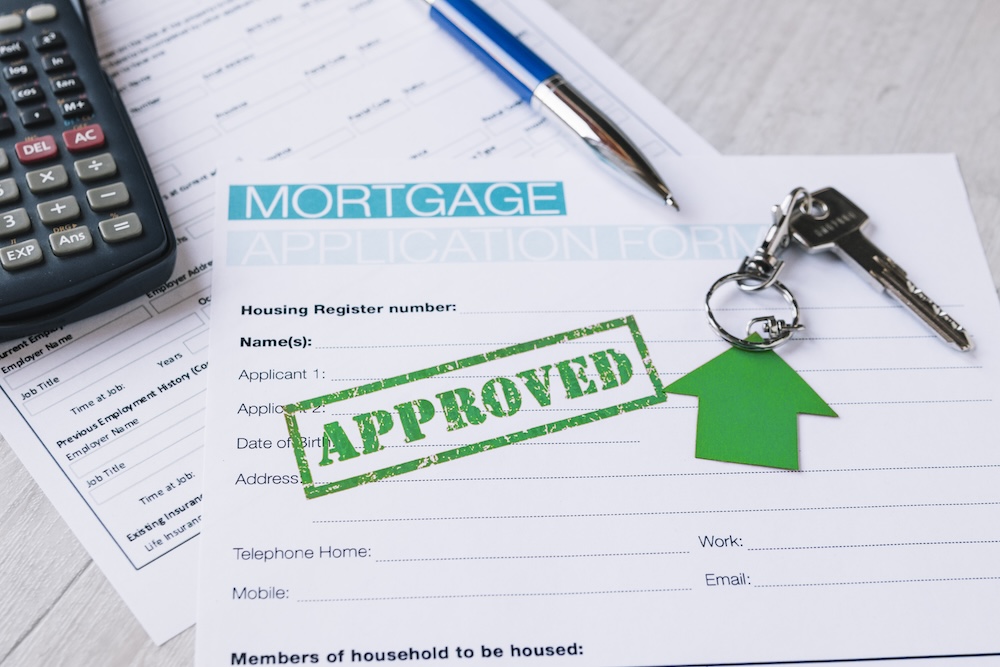Buying a home is an exciting journey, but before you start searching for your dream property, there’s an important first step—getting a mortgage pre-approval. A mortgage pre-approval not only gives you a clear idea of how much you can afford but also strengthens your offer when competing with other buyers. Understanding the process can save you time and help you navigate the home-buying experience with confidence.
Here’s everything you need to know about securing a mortgage pre-approval.
What Is a Mortgage Pre-approval?
A mortgage pre-approval is a lender’s written confirmation that you qualify for a home loan based on your financial background. It details the loan amount you may be eligible for, your potential interest rate, and the terms of the mortgage. Having a pre-approval signals to sellers that you are a serious buyer and financially prepared to purchase a home.
Why It Matters:
- Helps define your home-buying budget, preventing wasted time on homes outside your price range.
- Demonstrates your financial credibility to sellers, increasing your chances of having an offer accepted.
- Allows you to lock in an interest rate for a set period, protecting you from potential market fluctuations.
- Speeds up the mortgage process once you find a home, reducing delays in closing the deal.
Check Your Credit Score
Your credit score plays a crucial role in the mortgage pre-approval process. Lenders use it to determine your loan eligibility and interest rate. A higher credit score can lead to better loan terms, while a lower score may require improving your credit before applying.
How to Prepare:
- Check your credit report through major credit bureaus like Equifax and TransUnion.
- Pay down outstanding debts to improve your score, focusing on credit card balances and high-interest loans.
- Avoid opening new credit accounts before applying for a mortgage, as multiple credit inquiries can lower your score.
- Dispute any errors on your credit report that may negatively impact your rating.
- Maintain timely bill payments to establish a strong credit history.
Gather Required Financial Documents
Lenders require a variety of financial documents to assess your income, assets, and liabilities. Having these documents ready can speed up the pre-approval process and ensure accuracy in your application.
Commonly Required Documents:
- Proof of income – Pay stubs, tax returns, and employment letters to verify your earnings.
- Bank statements – Recent statements showing available funds for a down payment and closing costs.
- Employment verification – A letter from your employer confirming your position, salary, and job stability.
- List of debts – A comprehensive list of existing debts, including credit cards, car loans, and student loans.
- Identification documents – Government-issued IDs like a passport or driver’s license.
- Proof of additional income – If applicable, documentation of rental income, freelance earnings, or other sources.
Determine Your Debt-to-Income Ratio (DTI)
Your debt-to-income ratio is a key factor lenders use to assess affordability. It represents the percentage of your income used to pay off existing debts and helps determine how much mortgage you can afford.
How to Calculate DTI:
- Add up all monthly debt payments (e.g., credit cards, car loans, student loans, and other obligations).
- Divide the total by your gross monthly income.
- Multiply by 100 to get your DTI percentage.
Lender Guidelines:
- A DTI ratio below 36% is considered ideal for mortgage approval.
- Some lenders may approve loans with a DTI as high as 43%, but a lower ratio improves your chances of securing better rates.
- Keeping your DTI low signals financial stability and responsible borrowing habits.
Choose a Lender and Apply for Pre-approval
Not all lenders offer the same terms, so shopping around is essential. Compare interest rates, loan terms, and fees before submitting your application to ensure you’re getting the best deal.
Where to Apply:
- Banks – Traditional lending institutions offering various mortgage products.
- Credit unions – Often provide competitive rates and more personalized service.
- Mortgage brokers – Help you find the best mortgage options by comparing multiple lenders.
- Online lenders – Offer convenient digital applications and sometimes lower fees.
What to Expect:
- Lenders will review your credit history, income, employment, and assets to assess risk.
- If approved, you’ll receive a pre-approval letter outlining your borrowing limit and loan terms.
- The pre-approval letter is typically valid for 60–90 days, after which you may need to reapply if you haven’t found a home.
Understand Your Pre-approval Letter
Your pre-approval letter contains essential details about your mortgage eligibility, including:
- Loan amount – The maximum amount you can borrow.
- Estimated interest rate – Based on market conditions and your credit score.
- Loan term options – Fixed-rate vs. variable-rate mortgage terms.
- Expiry date – Most pre-approvals are valid for a set period before requiring renewal.
- Conditions – Some pre-approvals may be conditional on further financial verification or updated documentation.
Having a pre-approval letter in hand strengthens your position as a buyer, giving you an edge in competitive housing markets.
Avoid Making Major Financial Changes
Once pre-approved, it’s important to maintain financial stability until you close on a home. Lenders may re-evaluate your financial situation before finalizing the mortgage, and any major changes could jeopardize your approval.
What to Avoid:
- Changing jobs or reducing your income – Lenders prefer a stable employment history.
- Taking on new debts – Avoid financing large purchases like cars or new credit lines.
- Missing payments on existing accounts – Late payments can negatively impact your credit score and mortgage terms.
- Depositing large sums of money without documentation – Large, unexplained deposits can raise red flags and require additional scrutiny.
Start House Hunting with Confidence
With a pre-approval in hand, you can focus on finding a home within your budget. Real estate agents take pre-approved buyers more seriously, and sellers are more likely to accept offers backed by mortgage pre-approvals.
Next Steps:
- Work with a trusted real estate agent (https://justo.ca/) who understands your financial limits and housing needs.
- View homes that fit within your pre-approved amount to avoid falling in love with properties outside your budget.
- Submit strong offers with proof of pre-approval, making your bid more attractive to sellers.
- Stay in touch with your lender throughout the home search to keep your pre-approval status updated and valid.
Final Thoughts – Be Prepared for a Smooth Home-Buying Journey
Getting a mortgage pre-approval is a critical step in the home-buying process. It provides clarity on your budget, strengthens your negotiating position, and helps streamline the purchase process. By preparing your finances, gathering the necessary documents, and choosing the right lender, you can secure a strong pre-approval and move forward with confidence in your home search.
If you’re ready to take the next step, Justo’s real estate experts can guide you through the process and help you find the perfect home.
- The Impact of Interest Rate Cuts on Toronto’s Housing Affordability - April 23, 2025
- Bank of Canada Holds Interest Rate Steady Amid Tariff Uncertainty - April 19, 2025
- The Impact of Interest Rate Cuts on Toronto’s Housing Affordability - April 11, 2025




